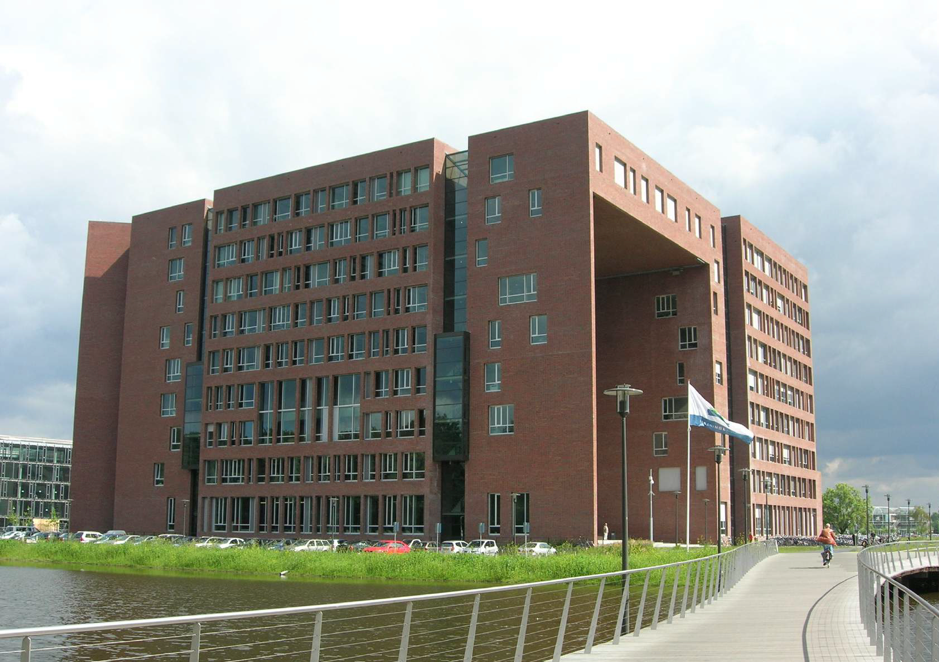Accommodating growth in existing Campus Real Estate

Fred Jonker is responsible for the timetabling process and room usage at WUR as part of its Education & Student Affairs team. We asked Fred about his recent experiences of using the HubStar (previously Lone Rooftop) space utilization & timetabling solution for higher education. He shares how WUR was able to accommodate growth within its existing Campus Real Estate through various timetabling tactics and leveraging space utilization data.
Why did you choose a space utilization and timetabling technology solution?
Fred Jonker – “This dates to a couple of years back. The university in itself was experiencing growth in terms of the total number of students. Currently we accommodate around 12.500 students, coming from 10.000 in 2015. At that time, there was a lot of discussion around the university needing an extra building. We wanted to be sure that if we decided to build an extra building on campus, it would be the right decision. An often-heard opinion was that there were still a lot of vacant rooms. That’s why we decided we didn’t just want to get insights in whether or not we needed a new building. We wanted to reduce no shows and get more grip on lectures that led to classrooms not being full for various reasons.”
‘At that time, we had very little insights in how these rooms were actually used, and that changed after we implemented the Lone Rooftop solution. In the end, we decided to start developing a new building at a later time. This building was needed due to the continuous growth of the university, but the Lone Rooftop data helped us understand the actual need in depth.’

How did the university move to a data-driven approach regarding timetabling and room usage?
“We have experienced significant growth over the past years as mentioned. The main reason that we have been successful in facilitating this growth in terms of accommodating all additional students and classes, is that we created a holistic vision on how we want to use rooms and how we schedule classes. We’ve built a steady approach based on this vision, and we stick with it. This has brought us great incremental results in the long run.”
“There are several strategies we apply to improve the usage of rooms at the campus. We currently use a so-called morning afternoon schedule. As a result, students have freedom of choice: they can combine virtually any morning lecture with any afternoon practical course. This leads to the fact that our rooms are used throughout the day, which is a huge win for our team.”
“We decided to start clustering rooms together in buildings, which is a tactic we were applying before we started using the Lone Rooftop solution. Let me explain what I mean by this. If you have only two rooms in a certain area, ultimately, they are more complicated to utilize efficiently. When there are multiple rooms grouped together you become less vulnerable for peaks in utilization since even in that case, there are still options available. This tactic has helped us spread peaks in utilization and target higher utilization in areas across campus. This is one of the ways we were able to increase utilization significantly. Because we work together very closely with our universities’ facilities department, we were also able to get dedicated facilities services in each of our buildings on campus. This makes their processes far more efficient as well.”
“One of the biggest steps we took was that we moved to a new scheduling setup. This major change happened in 2018, when we moved from 10 blocks of education hours to 12 blocks. Which is far more efficient, because classes tend to be programmed in two or three consecutive blocks. This change increased the number of total available education hours and thus the total number of options for timetabling.”
“The main reason that we have been successful in facilitating this growth in terms of accommodating all additional students and classes, is that we created a holistic vision on how we want to use rooms and how we schedule classes. We’ve built a steady approach based on this vision, and we stick with it. This has brought us great incremental results in the long run.”
What benefits to campus real estate growth did you experience with the Lone Rooftop (now HubStar) solution?
“We like to solve things before they become a problem. By analyzing room usage and no shows, using the Lone Rooftop data, we can do this. Generally speaking, this is one of the key benefits we experienced.”
“One of the quick wins we were able to benefit from directly is reducing no shows. The data gives us direct insight into which rooms are used and which aren’t. With this insight we’re able to get in touch with lecturers and ask them for the reason behind the no shows, which helps us understand and prevent this from happening in the future.”
“The data has become part of our standard processes, which helps us right-sizing rooms across campus.”
“From a culture perspective, lecturers became more aware of usage of rooms. We moved from a situation where they would perceive a certain room to be theirs, to a situation where each room can be used by any lecturer. This culture change gives us way more flexibility.”
“Overall, the Lone Rooftop solution has serious impact. I’m comfortable to state that over the past 4-5 years we’ve gained around 15% efficiency in room usage across campus. In lecture and PC rooms it’s around this 15%. In practical rooms and group work rooms the number is lower, and besides, it’s challenging to fit other practicals into the created space within the practical rooms.”
“One of the things we’re proud of is the flexibility in curriculum choice we offer our students. The underlying data has helped tremendously in realizing this.”
What are your plans for the future?
“Our growth will stabilize in the coming years, because of various (mainly demographical) reasons. Also, in 2021, the new building on Campus will be ready. This presents us with the opportunity to further optimize room usage and timetabling across campus. The main goal is to maintain the level of flexibility and quality we offer our students.”
“With student behavior changing, there are always new challenges when it comes to scheduling and room usage. New university policy has impact as well. For example, we’re moving to a bring your own device policy. This means that students can study anywhere and anytime. This will definitely have impact on the way rooms are used.”
“Changing student behavior is an opportunity to change the way we schedule and use rooms and essentially the campus estate. It’s important to fully understand this change and the Lone Rooftop data is one of the pieces in this puzzle.”



